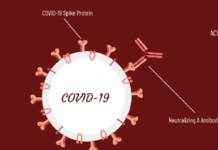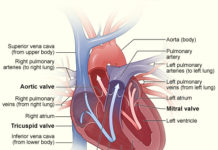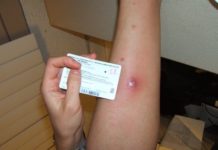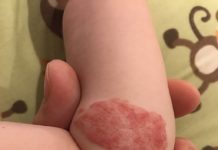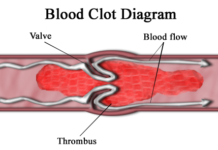My grandfather, Pascasio Sosa, describes feeling lumps along the lining of his abdomen, motivating him to visit his doctor in 1992 while he lived in Chihuahua, Chihuahua Mexico. “When they sent me to the hospital, they checked me, and took the lump out with tongs and they poked it with needles and then they sent me to another hospital and told me I needed an operation,” says Sosa. “At first I had bleeding when I used the restroom and when I went to the doctor’s they showed me how my intestine was rotting at the base of the polyps.” 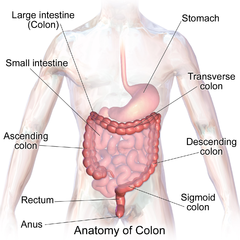
Sosa was suffering from colon cancer. He was later advised by, “A doctor in Chihuahua, Chihuahua Mexico told me that they could cut the large intestine and attach it to the surface of my stomach.”
As described by the National Cancer Institute, an estimated 142,820 Americans will be diagnosed with colon and rectum cancer in 2013. Although colon cancer counts for only 8.6% of new cancer cases and 8.8% of deaths caused by cancer, it is the fourth most common cancer in the US. There are an estimated 1,154,481 people in the United States living with colon cancer.
The colon, also known as the large intestine, is responsible for absorbing the water that is left in broken down waste. The rectum is a smaller portion within the digestive track, towards the end, that temporarily holds fecal matter before it is released from the anal opening.
A common condition that can lead to colon cancer is polyps, growths along the colon’s walls. According to the National Institutes of Health, colonic polyps grow within the large intestine, but are not always cancerous; this usually depends on which stage the polyps are in. In precautious measures, doctors will remove the polyps and test them to see if they are cancerous or not. The risk of getting polyps is greatly increased if you have had them before, if you have a family member with polyps, or if colon cancer is common in your family’s history.
My grandfather’s initial doctor suggested he have a colectomy, which the Mayo Clinic describes as the removal of part or the entire colon. “[Sosa] had a rerouting of his… colon because of means of not being able to keep his rectum and anal area intact, which is the way you control your bowl movements,” says Dr. Russell C. Tolley with Medical Oncology and Hematology at the Rocky Mountain Cancer Centers, who is my grandfather’s current doctor in the United States. Tolley tells SciJourner that Sosa had to have his colon routed to the front abdominal wall, which is not the way we were born, but it can done. Afterwards, there is a small little adhesive circle on the skin, which attaches to a plastic bag for your stool.
Despite the surgeries, Sosa explained that,” The medication has been the worst. The cancer does not really hurt at all…The medication side effects is the most painful. I get sharp pains, I lose my hair, I lose my appetite, and I get swelling and headaches often.”
“Having cancer can many times cause weight loss and can cause hair loss, but it is usually the treatment for cancer that causes hair loss,” states Trolley.
Sosa is currently receiving his chemotherapy through capsules. He is prescribed the medications Magic Mouthwash and Sutent, along with his chemotherapy. Dr. Timothy J. Moynihan, an oncologist, writes on the Mayo Clinic webpage that, “Magic mouthwash is the term given to a solution used to treat mouth sores… Magic mouthwash may be used to treat mouth sores that result from some forms of chemotherapy and radiation therapy.”
In a guide provided by the U.S. Food and Drug Administration, Sutent is used to treat people with “a rare cancer of the stomach, bowel, or esophagus”, among other forms of cancer. Some of the side effects include itching, yellow eyes or skin, dark urine, and pain or discomfort in the right upper stomach area; all of which my grandfather reports never having.
Although my grandfather does struggle with everyday tasks, like using the restroom and constantly has to worry about his taking his medication, he is one of 1,154,000 people living in the United States currently going through a cancer prevention process for this disease. But even with his everyday struggles, he still manages to live a successful, comfortable life. Richard Dominique

This work is licensed under a Creative Commons Attribution-NonCommercial-NoDerivs 3.0 Unported License


